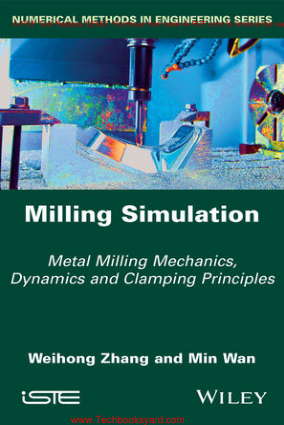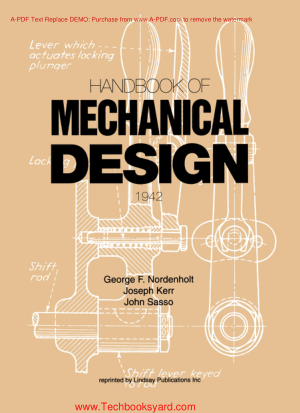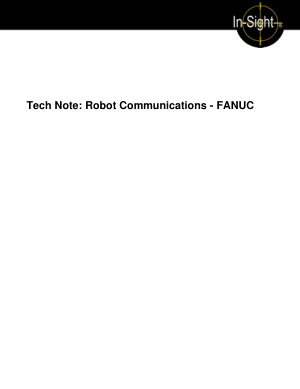Contents
Preface . . . . . . . . . . . . . . . . . . . . . . . . . . . . . . . . . . . . ix
Introduction . . . . . . . . . . . . . . . . . . . . . . . . . . . . . . . . . xi
Chapter 1. Cutting Forces in Milling Processes . . . . . . . . . 1
1.1. Formulations of cutting forces . . . . . . . . . . . . . . . . . . . 1
1.1.1. Mechanics of orthogonal cutting . . . . . . . . . . . . . . . . 1
1.1.2. Cutting force model for a general milling cutter . . . . . . . 4
1.2. Milling process geometry . . . . . . . . . . . . . . . . . . . . . . 8
1.2.1. Calculations of uncut chip thickness . . . . . . . . . . . . . . 8
1.2.2. Determination of entry and exit angles . . . . . . . . . . . . 12
1.3. Identification of the cutting force coefficients . . . . . . . . . . . 24
1.3.1. Calibration method for general end mills . . . . . . . . . . . 24
1.3.2. Calibration method in the frequency domain . . . . . . . . . 33
1.3.3. Calibration method involving four cutter
runout parameters . . . . . . . . . . . . . . . . . . . . . . . . . . . . 39
1.3.4. Identification of shear stress, shear angle and
friction angle using milling tests . . . . . . . . . . . . . . . . . . . 48
1.4. Ternary cutting force model including bottom
edge cutting effect . . . . . . . . . . . . . . . . . . . . . . . . . . . . 55
1.4.1. Calculations of FB(ϕ) . . . . . . . . . . . . . . . . . . . . . 57
1.4.2. Calculations of FB(ϕ) . . . . . . . . . . . . . . . . . . . . . 57
1.4.3. Calibration of Kqc (q = T,R) . . . . . . . . . . . . . . . . . 58
1.4.4. Calibrations of Kq,B (q = T,R) . . . . . . . . . . . . . . . . 59
1.4.5. Experimental work . . . . . . . . . . . . . . . . . . . . . . . 61
1.5. Cutting force prediction in peripheral milling
of a curved surface . . . . . . . . . . . . . . . . . . . . . . . . . . . . 61
1.5.1. Calculations of instantaneous uncut chip thickness . . . . . 65
1.5.2. Calculations of entry and exit angles . . . . . . . . . . . . . 67
Chapter 2. Surface Accuracy in Milling Processes . . . . . . . 71
2.1. Predictions of surface form errors . . . . . . . . . . . . . . . . . 71
2.1.1. Calculation of cutting forces and process geometries . . . . 73
2.1.2. Iterative algorithms of surface form errors . . . . . . . . . . 81
2.2. Control strategy of surface form error . . . . . . . . . . . . . . . 89
2.2.1. Development of control strategy . . . . . . . . . . . . . . . . 89
2.2.2. Verification of control strategy . . . . . . . . . . . . . . . . . 93
2.3. Surface topography in milling processes . . . . . . . . . . . . . 95
2.3.1. Prediction method for flat-end milling . . . . . . . . . . . . . 97
2.3.2. Prediction method for multi-axis ball end milling . . . . . . 101
Chapter 3. Dynamics of Milling Processes . . . . . . . . . . . . . 115
3.1. Governing equation of the milling process . . . . . . . . . . . . 115
3.2. Method for obtaining the frequency response function . . . . . 120
3.2.1. Derivation of calculation formulations . . . . . . . . . . . . 121
3.2.2. Identification of model parameters . . . . . . . . . . . . . . . 134
3.3. Prediction of stability lobe . . . . . . . . . . . . . . . . . . . . . 139
3.3.1. Improved semi-discretization method . . . . . . . . . . . . . 139
3.3.2. Lowest envelope method . . . . . . . . . . . . . . . . . . . . 144
3.3.3. Time-domain simulation method . . . . . . . . . . . . . . . . 155
Chapter 4. Mathematical Modeling of the
Workpiece-Fixture System . . . . . . . . . . . . . . . . . . . . . . . 165
4.1. Criteria of locating scheme correctness . . . . . . . . . . . . . . 165
4.1.1. The DOFs constraining principle . . . . . . . . . . . . . . . 165
4.1.2. The locating scheme . . . . . . . . . . . . . . . . . . . . . . . 168
4.1.3. Judgment criteria of locating scheme correctness . . . . . . 172
4.1.4. Analysis of locating scheme incorrectness . . . . . . . . . . 173
4.2. Analysis of locating scheme correctness . . . . . . . . . . . . . 175
4.2.1. Localization source errors . . . . . . . . . . . . . . . . . . . 175
4.2.2. Fixture modeling . . . . . . . . . . . . . . . . . . . . . . . . . 176
4.2.3. Locating scheme correctness . . . . . . . . . . . . . . . . . . 182
4.3. Analysis of workpiece stability . . . . . . . . . . . . . . . . . . . 186
4.3.1. Modeling of workpiece stability . . . . . . . . . . . . . . . . 186
4.3.2. Solution techniques to the model of
workpiece stability . . . . . . . . . . . . . . . . . . . . . . . . . . . 194
4.4. Modeling of the workpiece-fixture geometric
default and compliance . . . . . . . . . . . . . . . . . . . . . . . . . . 201
4.4.1. Source error analysis . . . . . . . . . . . . . . . . . . . . . . 201
4.4.2. Workpiece position error . . . . . . . . . . . . . . . . . . . . 207
4.4.3. Machining error analysis . . . . . . . . . . . . . . . . . . . . 212
4.5. Optimal design of the fixture clamping sequence . . . . . . . . . 218
4.5.1. Effect of clamping sequence on
high-stiffness workpiece . . . . . . . . . . . . . . . . . . . . . . . . 218
4.5.2. Effect of clamping sequence on
low-stiffness workpiece . . . . . . . . . . . . . . . . . . . . . . . . 224
4.5.3. Optimization of clamping sequence . . . . . . . . . . . . . . 225
Bibliography . . . . . . . . . . . . . . . . . . . . . . . . . . . . . . . . 229
Index . . . . . . . . . . . . . . . . . . . . . . . . . . . . . . . . . . . . . 245
Preface
Milling is a material removal process used widely for machining metal
components made of steel, aluminum alloy and titanium alloy in
manufacturing industries. This book focuses on the fundamentals of the metal
milling process, based on the research results of the authors and their graduate
students. The book contains five parts:
– The introduction reviews mainly the state of the art of research relevant
to milling processes, and the main structure and contents of this book are
introduced.
– Chapter 1 introduces cutting force modeling methods. Algorithms and
procedures for calibrations of cutting force coefficients and cutter runout are
described in detail.
– Chapter 2 is focussed on explaining the surface quality of milling
processes. Calculation methods for surface errors in milling of thin-walled
workpieces and milling surface topography are described.
– Chapter 3 investigates the regenerative chatter in milling processes. An
analytical method for calculating the tool point frequency response function
is introduced first, and then numerical methods for obtaining stability lobe
diagrams are derived in detail.
– Chapter 4 discusses the basic principles in workpiece-fixture system.
Analyses of locating scheme correctness, clamping sequences, clamping
stability, etc. are mathematically formulated.
This book is not indented to capture all the significant contributions that
have been previously reported in the literature of machining science. For the
purpose of revealing the mechanisms of milling processes, a key aspect of
this book is the inclusion of detailed mathematical models to predict cutting
forces, surface errors, chatter stability dynamics and clamping principles. The
theoretical parts are derived from experimental observations and are further
validated by experiments.
The book can be used as a guideline for graduate students and research
engineers who wish to learn the basic theory and principles of milling
processes and machine dynamics.






